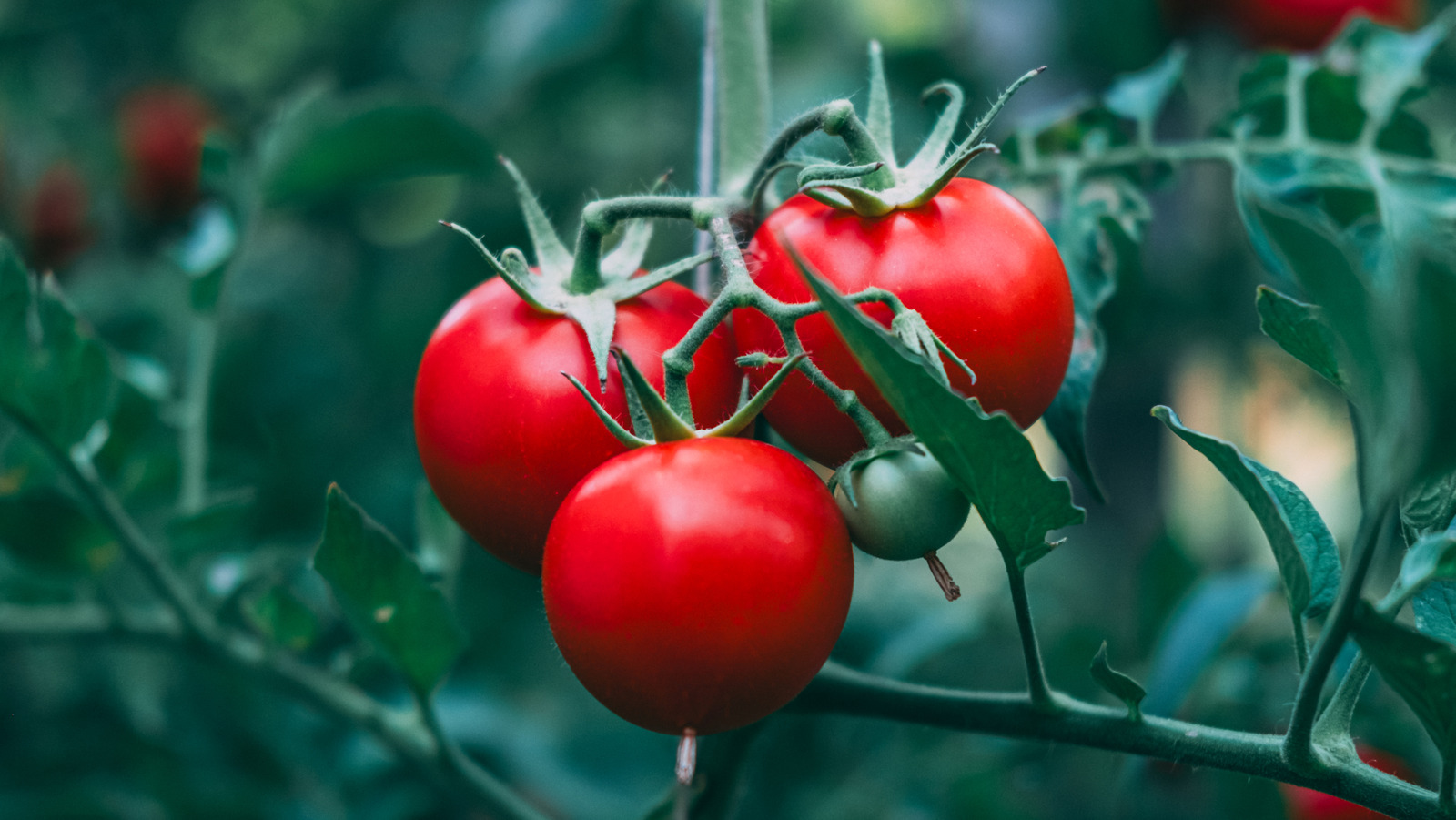
"It's more than folk wisdom, and capsaicin's protective powers have been thoroughly researched and classified as a biochemical pesticide by the Environmental Protection Agency (EPA) and was officially registered for this use in 1962. The compound doesn't kill pests outright, but instead makes the plant less appealing and highly irritating to critters. And not only does it protect tomatoes, but researchers believe that capsaicin can protect seeds inside the pepper plant from developing fungus."
"Peppers are more than colorful (and often spicy) culinary companions; they're an ancient line of defense for your tomatoes. Their secret power for repelling pests lies in the capsaicin molecule, which causes a burning sensation when eaten. However, it also serves as a biochemical pesticide that inhibits insects by disrupting their cell membranes and nervous systems. It's more than folk wisdom, and capsaicin's protective powers have been thoroughly researched"
Tomato plants attract pests that can ruin harvests. Peppers contain capsaicin, a molecule that causes burning sensations and acts as a biochemical pesticide by disrupting insect cell membranes and nervous systems. The Environmental Protection Agency classified capsaicin as a biochemical pesticide and registered it for that use in 1962. Capsaicin deters and irritates pests rather than typically killing them outright. Researchers believe capsaicin can also protect pepper seeds from fungal development. A DIY pest spray can be made by simmering red pepper flakes in hot water, straining, and mixing the liquid with castile soap. Interplanting peppers among tomatoes creates a protective, organic barrier.
Read at Tasting Table
Unable to calculate read time
Collection
[
|
...
]